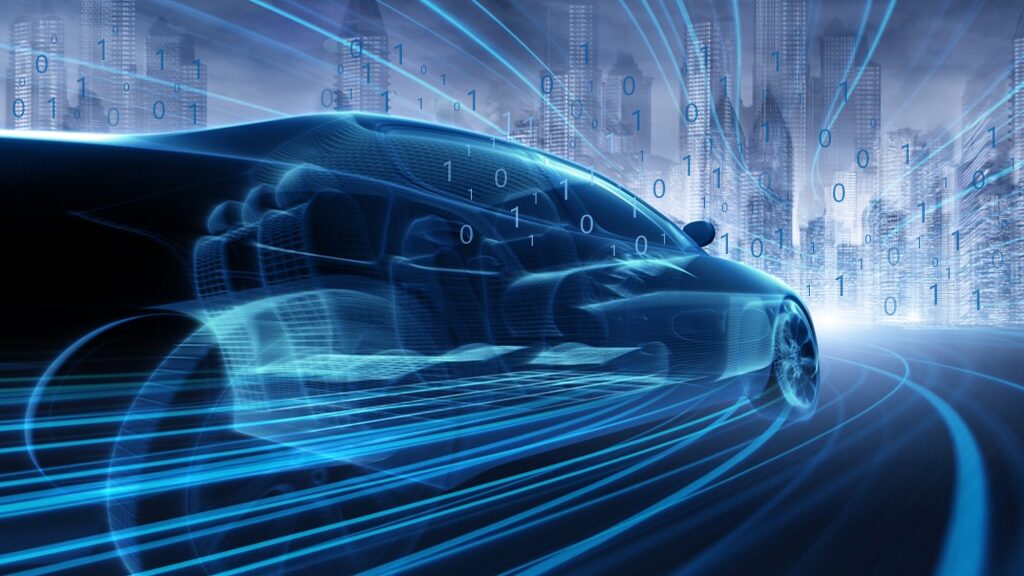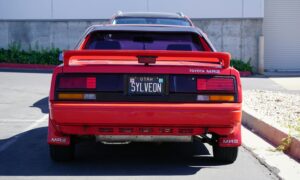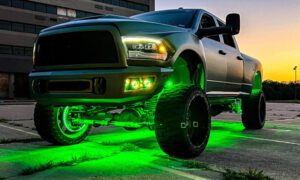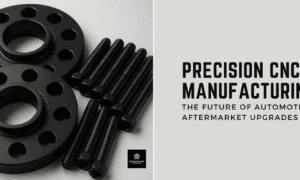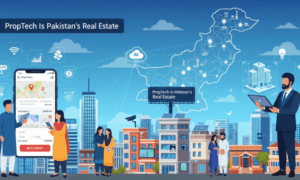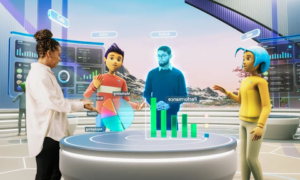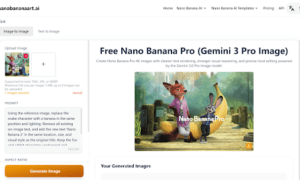Once upon a time, automakers and tech giants occupied entirely separate worlds. One built metal machines powered by internal combustion engines; the other crafted code and devices for desktops and data centers. More recently, the two industries have become deeply intertwined to co-create a future hallmarked by mobility with advanced software, real-time connectivity, AI, and cloud integration. The once-clear boundary between a “car company” and a “tech company” is now pure gray.
At the heart of the trend is the software-defined vehicle (SDV), where a car’s most powerful features—from driver assistance systems to in-car entertainment—are controlled by flexible, upgradeable code. This evolution demands more than just incremental innovation; it requires deep collaboration between automakers and software experts who speak different native languages but are now working from the same blueprint.
Sonatus automotive software services, for example, provide embedded and cloud-based software infrastructure that enables automakers to deploy new features over the air (OTA), monitor vehicle health remotely, and customize user experiences through data. What used to take years of engineering and manufacturing can now be accomplished with a software update delivered in minutes, and it’s a new normal across the industry.
The pressure to deliver smarter, safer, and more connected vehicles has catalyzed these partnerships. Traditional car companies are teaming up with tech startups, cloud providers, and chipmakers to create ecosystems that bring together vehicle platforms, user interfaces, and data analytics. Think of Ford’s collaboration with Google for its cloud-based AI and ML, or General Motors tapping into Qualcomm Technologies’ Snapdragon Ride platform. The new measure of success is more about processing power than horsepower.
Breaking Silos, Building Platforms
Today’s vehicles are mobile computers with wheels, and that changes everything about how they’re built and how they evolve. In the old model, a vehicle’s features were baked in during manufacturing and largely static for its lifespan. In the new model, automakers use centralized computing, zonal architecture, and software containers to create flexible platforms where new capabilities can be added or improved without touching a single bolt.
This is where tech industry practices—such as agile development, CI/CD pipelines, and cybersecurity protocols—enter the automotive world. Software providers like Sonatus offer modular software platforms that let automakers dynamically control vehicle behavior and deploy new features on demand for a fundamental shift in vehicle lifecycle management.
Tech companies, in turn, are learning from the automotive sector’s focus on safety, reliability, and long-term product support. This mutual exchange is helping both sides navigate the unique demands of building mission-critical systems that can operate in extreme conditions and across global markets.
The Role of AI and Data
Another key dimension of this partnership is data. Modern vehicles generate terabytes of information daily—from sensor readings and driver behavior to real-time location data. Tech companies are equipping automakers with the tools to collect, process, and act on this data.
Machine learning algorithms help improve everything from battery performance in EVs to predictive maintenance scheduling. AI-powered software, such as that found in Sonatus’s solutions, enables real-time decision-making within the vehicle—prioritizing safety, efficiency, and personalization. For example, a car might adjust its cabin climate in anticipation of the driver’s routine or reroute itself based on historical traffic patterns.
Autonomous driving is perhaps the most high-profile arena where automotive and tech collaboration is critical. Companies like NVIDIA, Waymo, and Mobileye are deeply embedded with automakers to develop AI-driven perception and control systems. Here, software isn’t an enhancement—it is the driver.
Navigating Challenges Together
Of course, merging two very different industries isn’t without friction. Regulatory frameworks for vehicle software are still evolving. Cybersecurity is a constant concern, especially as more vehicles become connected to the internet. Intellectual property ownership—always a thorny issue—becomes more complex when hardware and software co-dependencies are involved.
Yet even these challenges are reinforcing the value of collaboration. Automotive companies bring decades of experience navigating safety and compliance regulations, while tech partners bring the adaptability needed to address evolving threats. Joint task forces and co-developed standards are becoming more common, ensuring that the pace of innovation doesn’t outstrip responsible governance.
There’s also the issue of workforce integration. Engineers who’ve spent their careers on mechanical systems now work side-by-side with cloud developers and UX designers. Forward-thinking companies are investing in cross-training and hybrid teams to close these skill gaps. The most successful firms are those that foster a shared culture of innovation, rather than preserving outdated silos.
Looking Ahead: Mobility as a Service
The convergence of auto and tech isn’t just changing what we drive—it’s reshaping how we think about mobility. Subscription models, shared vehicle fleets, and mobility-as-a-service (MaaS) platforms are gaining traction, particularly in urban areas where owning a car may be more of a burden than benefit. These models depend on seamless software orchestration, real-time data exchange, and scalable cloud infrastructure—all squarely in tech’s wheelhouse.
Automakers, meanwhile, are evolving into service providers. Instead of just selling a product, they now deliver experiences that grow and improve over time. Whether it’s through in-dash app marketplaces, cloud-based driver profiles, or fleet optimization dashboards, the car is becoming an extension of the digital lifestyle.
Two Industries, One Destination
As lines blur between digital and mechanical, the collaboration between the automotive and tech industries is essential. From building smarter vehicles to transforming mobility itself, this partnership is creating a transportation future defined by intelligence, adaptability, and continuous innovation. And perhaps that’s the most powerful outcome: not just new kinds of cars, but new ways of thinking about what a vehicle can be.

